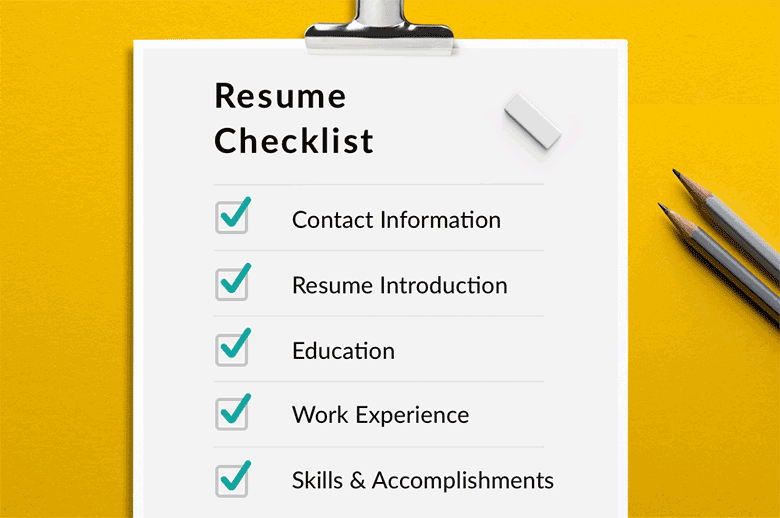When you are applying for a job, it is important that you list references on your resume. This will help the hiring manager to know that you are serious about getting an interview for this position.
And secondly, it shows that other people in your industry think highly of you and would vouch for you personally. Including references on your resume is an excellent way to let the hiring manager know that you are well-connected and respected in your industry.
If you have no prior experience of listing references on your resume, this article may help you. We have answered every question of yours with an example.
Is it Good to Put References on Your Resume?
Yes, it is. You must always list references on your resume when you are applying for a job. Otherwise, the hiring manager might think that you don’t care about this position enough to go the extra mile and get in touch with people who know you professionally.
When you have references related to the position of interest included on your resume, you are telling the hiring manager that you’re serious about getting an interview for this position.
Tip: If you don’t know how to create resumes, or if you want to try out different and appealing templates, check out this resume builder, and customize your resume the way you want to.
What Should I Include in my Resume References?
Your references should be listed at the bottom of your resume, not under another heading. You must list three to four contacts who can speak to your professional character and abilities.
These could be ex-employers, colleagues, or even first-time employers. It’s important to note that you should never list friends as references on your resume; only use people who can give direct evaluations of your professional skills and expertise.
You need to list the full name of the reference, then their job title (if applicable), their business name, complete address, zip code, and telephone number. It’s also important to include the date when you last contacted this person for a reference.
When am I Not Required to List References on My Resume?
You do not need to include references on your resume if you are applying for an internship or volunteer position. You should also omit references on resumes that are sent over a company’s online job portal. However, if you are applying to a job that requires references, then you must provide them on your resume.
What do I Say in my Reference Section?
In order to answer this question properly, it’s important to know what type of resume style you’re using. If you use the Chronological Resume format, list one or two lines about how long each reference has known you and in what capacity they’ve worked with you (ex: 5+ years as manager).
Also list their full name, title, business name, address, zip code, and telephone number. You can also choose to use a Functional Resume Format. In this case, include the following statement below your contact information.
The Correct Way to List References in Resume
The best and most acceptable way to list references in the resume is to list generic references like ‘References available upon request.’ This way the hiring manager knows that you have them and can contact them if necessary, but it doesn’t make your references public knowledge.
If you’re worried about confidentiality, consider listing professional references without including their full names or contact information. You will also need to include this specific phrasing in your cover letter (see below).
The Wrong Way to List References on Your Resume
One of the worst ways to add references is to add a section at the end of your resume called ‘References’ instead of simply adding an alphabetic reference after each experience on your resume.
The hiring manager will immediately see that you did not take the time to format this correctly and that there’s something wrong with your resume. If you’re only including one reference, consider putting something like ‘References available upon request.’
The Worst Way to List References on Your Resume
Never list personal references on your resume or include any other contact information unless the job posting specifically requests it.
Many employers do not want to know how to reach out to your friend Sally if she has nothing whatsoever to do with the job at hand.
This is a huge red flag for managers who are screening resumes and will immediately disqualify you from being considered for the role.
How to Put References in Cover Letter
To use references successfully, they have to be part of an entire package that convinces the hiring manager that you’re his best candidate for the specific role. When you’re writing your cover letter, include a sentence like ‘References available upon request.’ Here’s an example:
‘I am very confident that my qualifications make me the ideal candidate for this position and I would be happy to provide references on request.’
Make sure you format each reference like this
- First and last name
- Professional title
- Company / University your reference works at
- Full address of your reference’s company/university
- Phone number
- Email address
Do not include physical or contact information for personal references. You can also include a sentence that says ‘References available upon request at the end of your cover letter, as opposed to including this information after each reference on your resume.
This way you’re giving yourself more time to convince them that you’re the best candidate and you won’t lose their attention by switching back and forth between an explanation about why they should hire you and how many people will say what things about you if they call up all of your references.
You can always ask someone who works with or knows you very well, like a college professor or former employer, if they will act as your reference.
Most likely they will be happy to write something nice about you on your behalf because it’s easier for them to say good things about you rather than have the hiring manager call up and try to dig for information.
When your future employer calls your reference, they will ask a few questions, so make sure you know what the answers are beforehand.
If you don’t feel comfortable answering these questions yourself, think of someone who does – like another co-worker or past employer – and let them handle it for you.
Conclusion
Remember that a reference doesn’t have to be a former supervisor, a teacher, or someone else in your professional network. You can include references from friends and family as well if they are willing to speak on your behalf.
That’s all you should know before including a reference in your resume and having said that, we conclude this article here.
Follow Technoroll for more!





